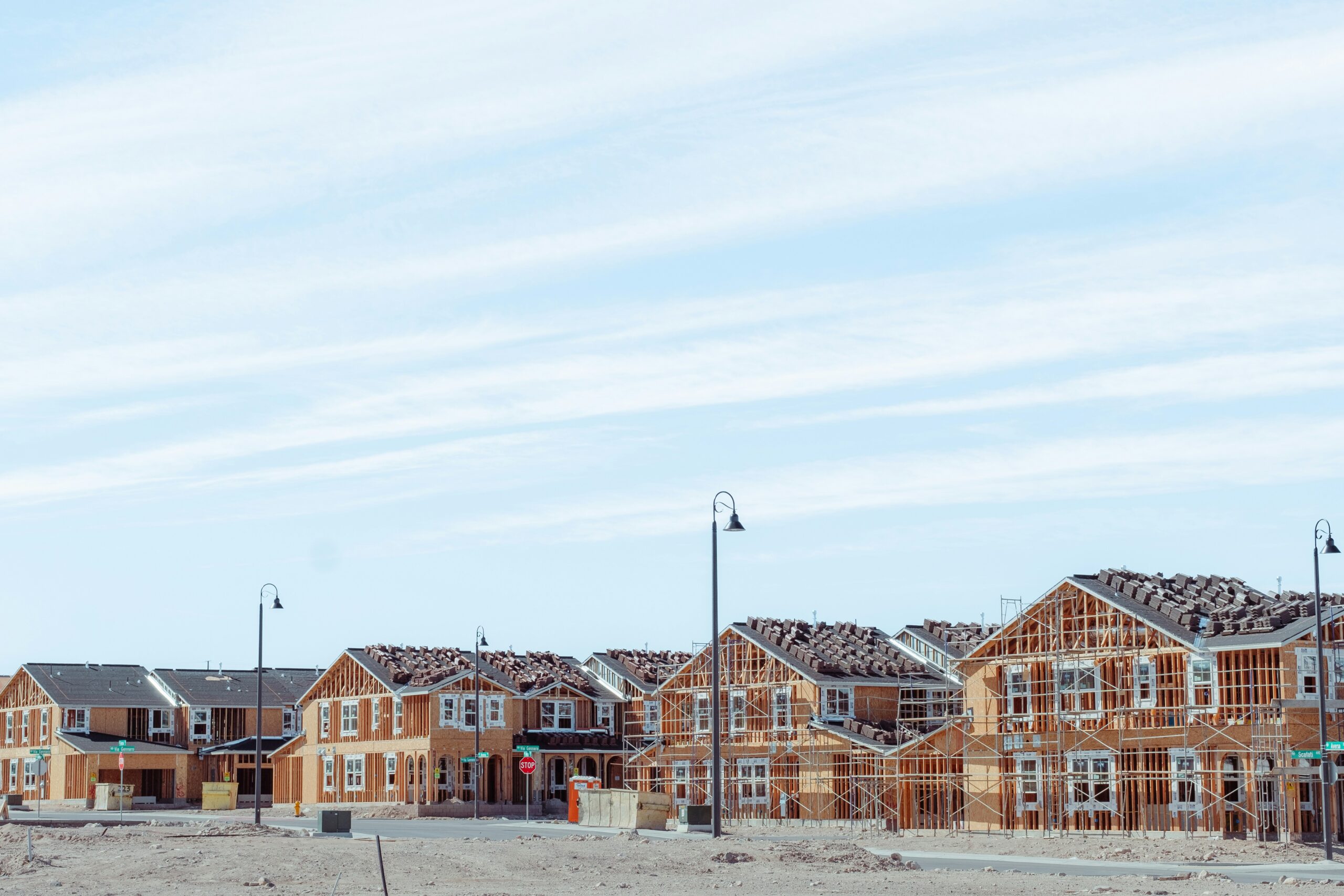
Real estate development is often seen as a financial investment, but its impact goes far beyond economic benefits. When done thoughtfully, real estate development can transform communities, enhance quality of life, and foster long-term sustainability.
By revitalizing neighborhoods, creating affordable housing, and improving local infrastructure, real estate developers can make a lasting positive impact on the people living within the community. This article explores how real estate development can transform communities and contribute to a brighter future.
Revitalizing Declining Neighborhoods
One of the most significant ways real estate development can transform communities is through revitalizing declining or neglected neighborhoods. Certain areas may be in disrepair in many cities due to economic downturns, population shifts, or outdated infrastructure.
Real estate developers can breathe new life into these areas by investing in residential, commercial, and mixed-use properties that meet the community’s evolving needs.
When real estate development occurs in a declining neighborhood, it often triggers a chain reaction of improvements. New construction projects can lead to the renovation of old buildings, the addition of green spaces, and the creation of modern infrastructure, such as roads and utilities.
As these changes occur, property values rise, attracting new businesses and residents. This revitalization not only improves a neighborhood’s physical appearance but also boosts local morale and fosters a sense of pride among residents.
Additionally, revitalized neighborhoods often attract new amenities such as grocery stores, restaurants, and recreational centers, further enhancing livability.
This influx of new businesses creates jobs and opportunities for residents, contributing to economic growth and social well-being. Real estate development can help reverse urban decay and create thriving, vibrant communities by focusing on these areas.
Creating Affordable Housing Options
Real estate development can also address housing shortages and affordability issues. In many urban areas, rising property prices and the lack of affordable housing options can push low- and middle-income families out of their neighborhoods, contributing to inequality and social fragmentation. Real estate developers can help combat this issue by prioritizing the construction of affordable housing.
Affordable housing developments range from subsidized rental units to mixed-income housing complexes that balance low-income and market-rate units.
By designing housing options that cater to different income levels, developers can create more inclusive communities where people from diverse backgrounds can live, work, and thrive. This helps to reduce economic segregation and fosters greater social cohesion.
Additionally, affordable housing developments often include amenities such as community centers, parks, and recreational areas, which enhance residents’ overall quality of life.
These spaces encourage social interaction, physical activity, and a sense of community, all essential for personal and collective well-being. By addressing affordable housing, real estate development can make communities more equitable and accessible.
Improving Local Infrastructure
Another significant way real estate development transforms communities is by improving local infrastructure. Successful development projects often include upgrades to transportation networks, utilities, and public services that benefit the new buildings and the surrounding area. These infrastructure improvements can make communities more connected, efficient, and sustainable.
For example, new development projects may involve the construction of roads, public transit stations, and pedestrian walkways, all of which improve residents’ mobility and accessibility.
In addition to transportation improvements, developers may invest in upgrading utilities such as water, electricity, and waste management systems, ensuring the community has the necessary infrastructure to support growth and modern living standards.
These improvements are especially valuable in underdeveloped or underserved areas with outdated or inadequate infrastructure.
By addressing these gaps, real estate development can elevate a community’s overall standard of living, making it more attractive to businesses, investors, and potential residents. This, in turn, creates a more robust and sustainable community that can support long-term economic and social growth.
Fostering Economic Growth and Job Creation
Real estate development often leads to significant economic growth and job creation within a community. From the construction phase to ongoing property management, new development projects create employment opportunities for a wide range of skilled workers, including construction workers, architects, engineers, and administrative staff.
The increased demand for goods and services also benefits local businesses, leading to a more vibrant and diverse local economy.
The presence of new commercial properties, such as office buildings, retail spaces, and restaurants, attracts businesses and entrepreneurs, providing additional opportunities for economic growth. This influx of businesses creates a positive feedback loop, as new companies hire local employees, purchase goods and services from local suppliers, and contribute to the area’s economic dynamism.
Furthermore, real estate development’s improved quality of life—through better housing options, amenities, and infrastructure—can make the area more attractive to skilled workers, entrepreneurs, and families. This can lead to increased demand for housing and services, further boosting the local economy and ensuring the long-term sustainability of the community.